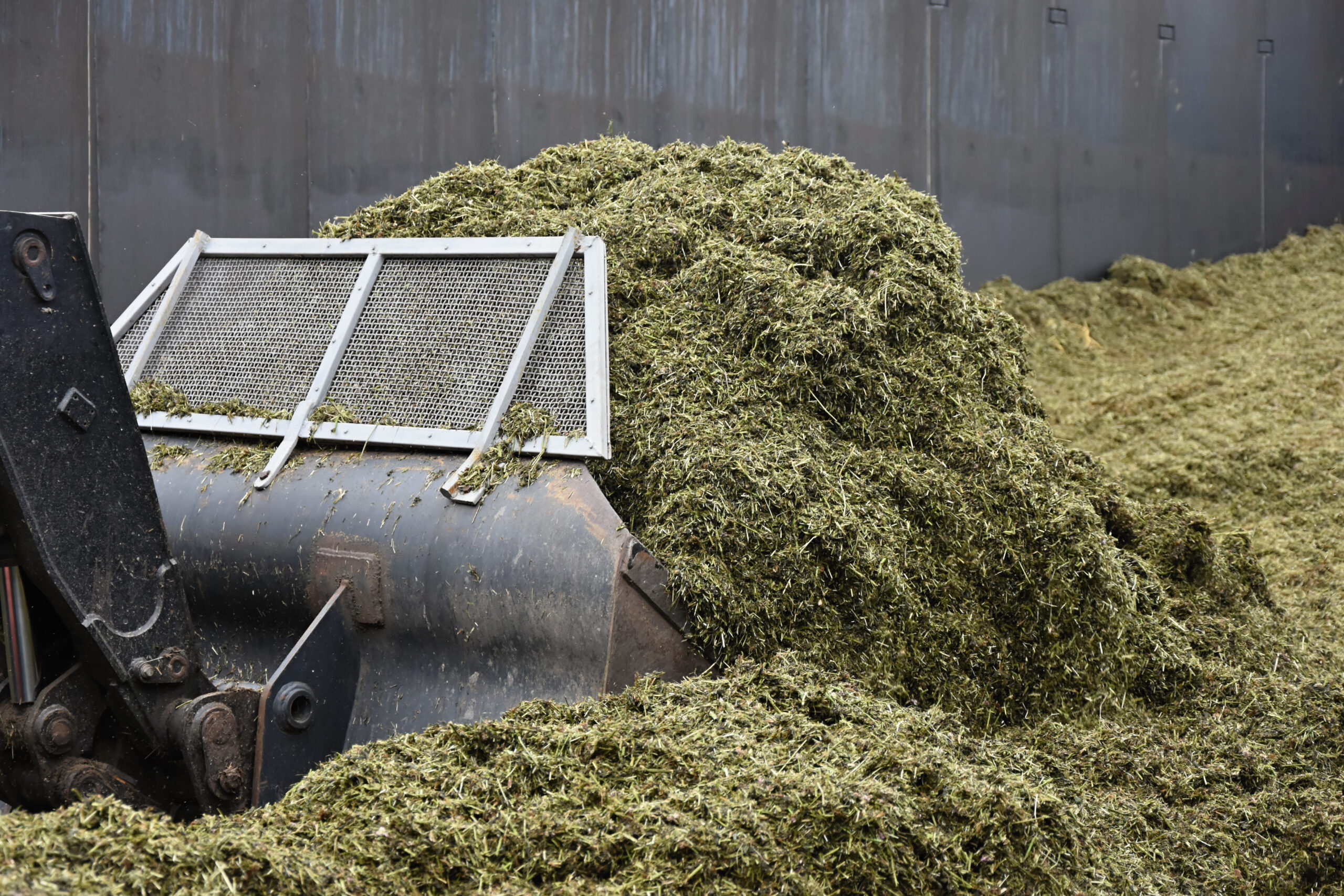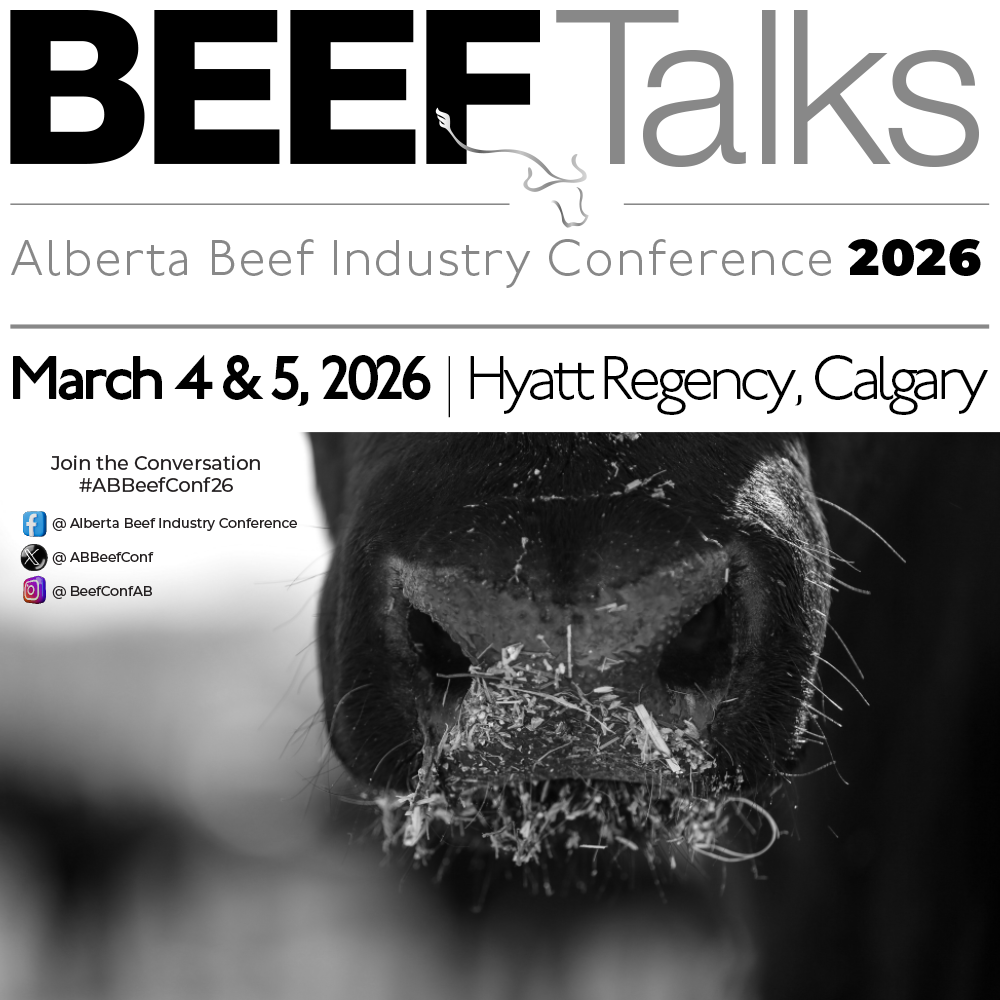AB Direct - Steers
Rail: 492.00-493.50 FOB feedlot (last week)
AB Direct - Heifers
Rail: 492.00-493.50 FOB feedlot (last week)
US Trade- Steers
Rail: 355.00-363.00 (IA, NE) last week
US Trade - Heifers
Rail: 355.00-363.00 (IA, NE) last week
Canadian Dollar
0.19

Choosing the right winter-feeding strategy
Winter-feeding remains one of the biggest expenses for Canadian cow-calf operations — and how it’s managed can make a major difference in herd health, feed efficiency, and overall profitability.
The Beef Cattle Research Council (BCRC) recently shared practical guidance on choosing the right winter-feeding strategy, outlining the pros and cons of common systems and emphasizing the importance of feed testing, ration balancing, and body condition scoring throughout the season.
Whether relying on extended grazing systems like stockpiled pasture or swath grazing, or feeding stored forages such as hay and silage, each approach comes with trade-offs in terms of labour, cost, and infrastructure needs.
No ‘one-size-fits-all’
Some producers find success with bale grazing, which reduces equipment use and distributes manure directly onto fields, though it requires careful site planning and good-quality bales. Others incorporate alternative feeds or silage-based systems to stretch supplies and fine-tune nutrition — especially for high-producing or thinner cows.
“There’s no one-size-fits-all solution,” the BCRC notes. “Many operations use a mix of systems. The key is ensuring cows receive the energy and nutrition they need to maintain good condition through winter.”
Feed testing and ration balancing remain the most effective ways to control costs while supporting herd performance through cold months.
For more information on the pros and cons of different winter feeding approaches, read the full BCRC article on the BCRC website.

